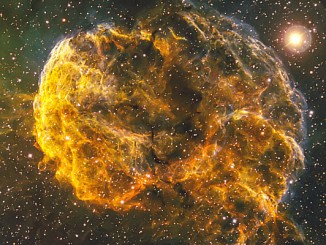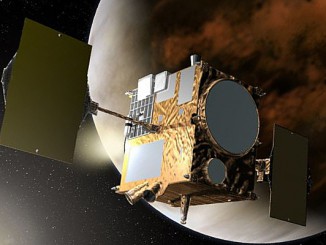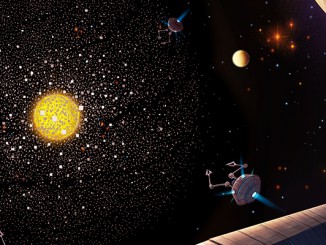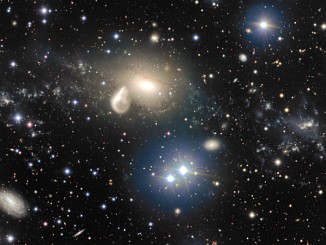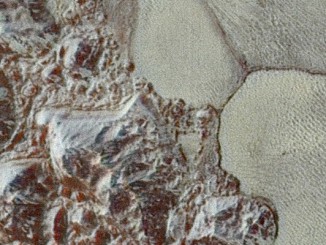
Pluto’s close-up, now in colour
This enhanced colour mosaic combines some of the sharpest views of Pluto that NASA’s New Horizons spacecraft obtained during its 14 July flyby, revealing features smaller than half a city block on the dwarf planet’s surface. The wide variety of cratered, mountainous and glacial terrains seen here gives scientists and the public alike a breathtaking, super-high-resolution colour window into Pluto’s geology.

